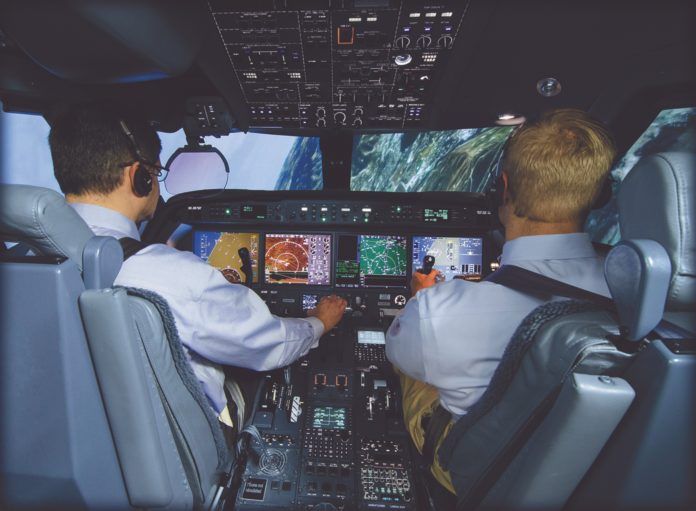Let’s start by dispensing with the obvious: “Loss of control in flight” is a lousy explanation, and not much better as a description. Eventually we’ll come up with something better, which hopefully will reflect the myriad ways pilots can let aircraft get away from them. Spatial disorientation in IMC is as different from a moose stall as wake turbulence is from sloppily flown S-turns on final. At best, the ICAO’s accident taxonomy—adopted by the FAA and NTSB, presumably in the name of “harmonization”—provides snapshots of how accident sequences end with negligible insight into what triggered them or how they developed. As a safety strategy, “Don’t lose control” is about as useful as “Don’t let the engine quit.”
One way to make something useful from a misleadingly generic label lumping together disparate elements is to separate them back out into more meaningful components. The hazards that lead to LOC-I can be usefully partitioned along two dimensions: those resulting from pilot inputs vs. external factors, and the altitude available to recover.
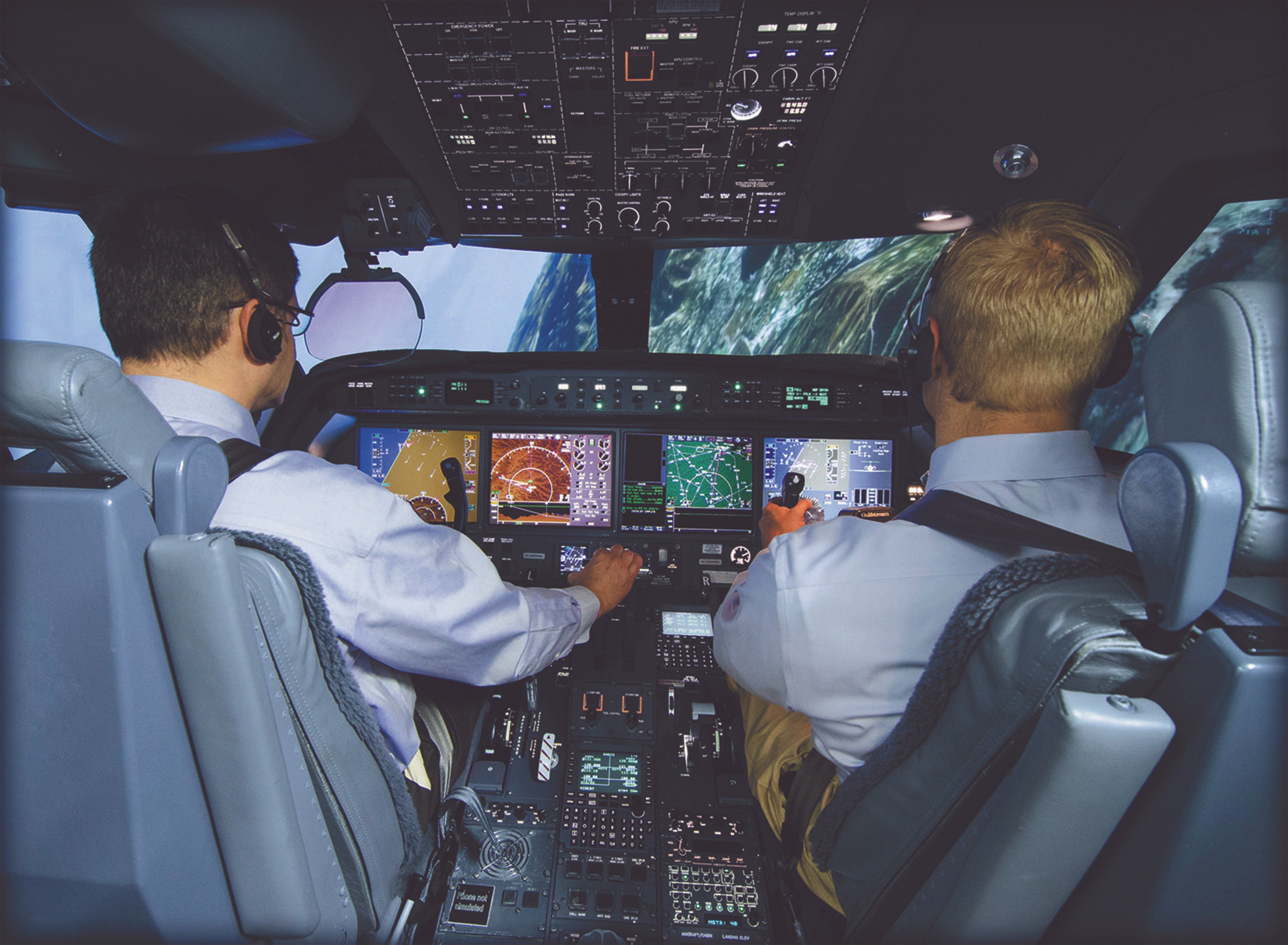
It’s Not You, It’s Me
Pilot-induced upsets begin with stalls. Regular readers already know that accidents resulting from unintended stalls are almost always initiated below 1000 feet agl (see “Why Do We Stall?” in the June 2018 issue of Aviation Safety). This shouldn’t come as a surprise; angle of attack routinely edges nearer its critical value while getting on or off the ground, and altitude equals options for recovery. That said, stalls while climbing to cruising altitude are not unknown, particularly in airplanes controlled by autopilots set to maintain a constant rate of climb. The newest avionics suites are a little smarter, but older setups (both analog and digital) happily keep pulling the nose up until full break. Using the autopilot’s constant-airspeed climb feature is more prudent, even if that means telling ATC you can no longer manage 500 feet per minute.
How much altitude constitutes “altitude” depends on both airplane and pilot. A sharp 172 jockey ought to be able to recover from a coordinated straight-ahead stall in as little as 200 feet, but that won’t work in an amateur-built Lancair. Once initiated, few light airplanes recover from a spin in less than a thousand feet. Many require more, which is one reason 80 percent of stalls during the turn from base to final are fatal. If your technique is sharp and your reaction immediate, you might survive a spin entered at 2000 feet agl—but both your laundry and the upholstery will need some attention afterward.
Accelerated stalls during steep turns and sudden pull-ups are survivable given enough room, but typically require more of it than the wings-level, low-airspeed variety. The pull-up in particular generates a sudden break often accompanied by a wing drop, chewing up more of the precious space between spinner and terra firma. Then, of course, there’s the wingtip strike or runway excursion during a crosswind landing—a subject that’s inspired more than one article of its own.
Don’t Do It Yourself
It goes without saying that upset recovery is something you don’t want to learn by trial and error. The inevitable inexpert recovery attempts can easily exceed your Skylane’s load limits, so aerobatic certification is a necessity.
PattyWagstaff.com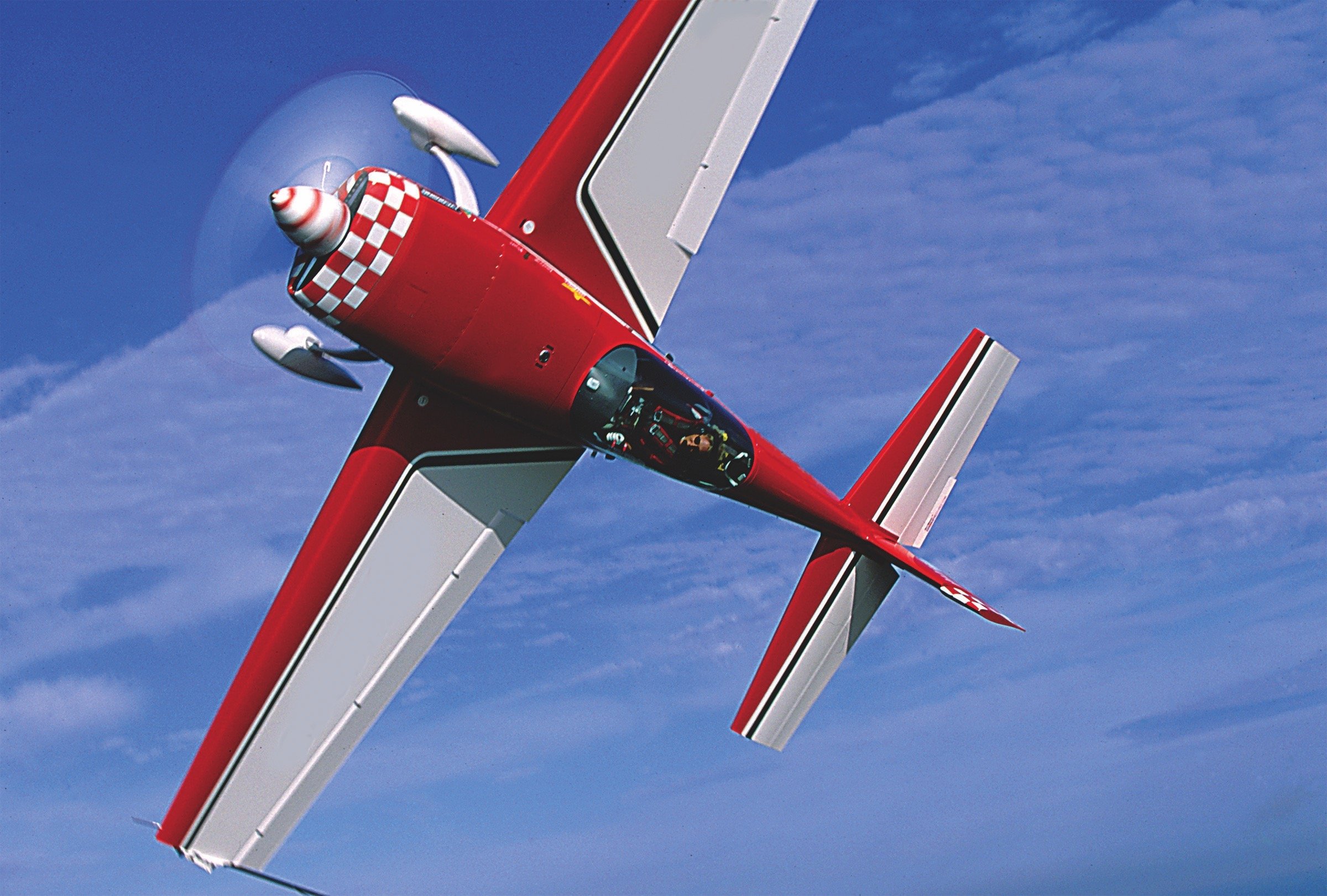
There’s no shortage of commercial providers offering upset prevention and recovery training comprising a combination of classroom and cockpit time. Many are geared primarily toward airline, corporate and Part 135 operators flying turboprops or jets. Some are simulator-based, which is a tradeoff. Sims still can’t reproduce the kinesthetic sensations of, say, inverted spins, but they’re cheaper and safer than the airplane for many things. Training flights in former military trainers or high-end aerobatic piston models, however, translate more readily to typical owner-flown aircraft.
The chief drawbacks are time and cost: two or three days and several thousand dollars in tuition for a full course, plus travel, meals and lodging. But it does save the hassle of trying to set up a less-expensive, informal alternative locally. Patty Wagstaff—pictured, top right, who not coincidentally offers a one-day, two-flight Upset Prevention and Recovery Training course—is on record as saying that upset recovery “is just aerobatics;” to one well-versed in that discipline, no attitudes are really unusual. Working with a sympathetic aerobatic instructor, you can devise a curriculum that suits your needs and schedule while controlling the rate of cash burn.
Aleksander Markin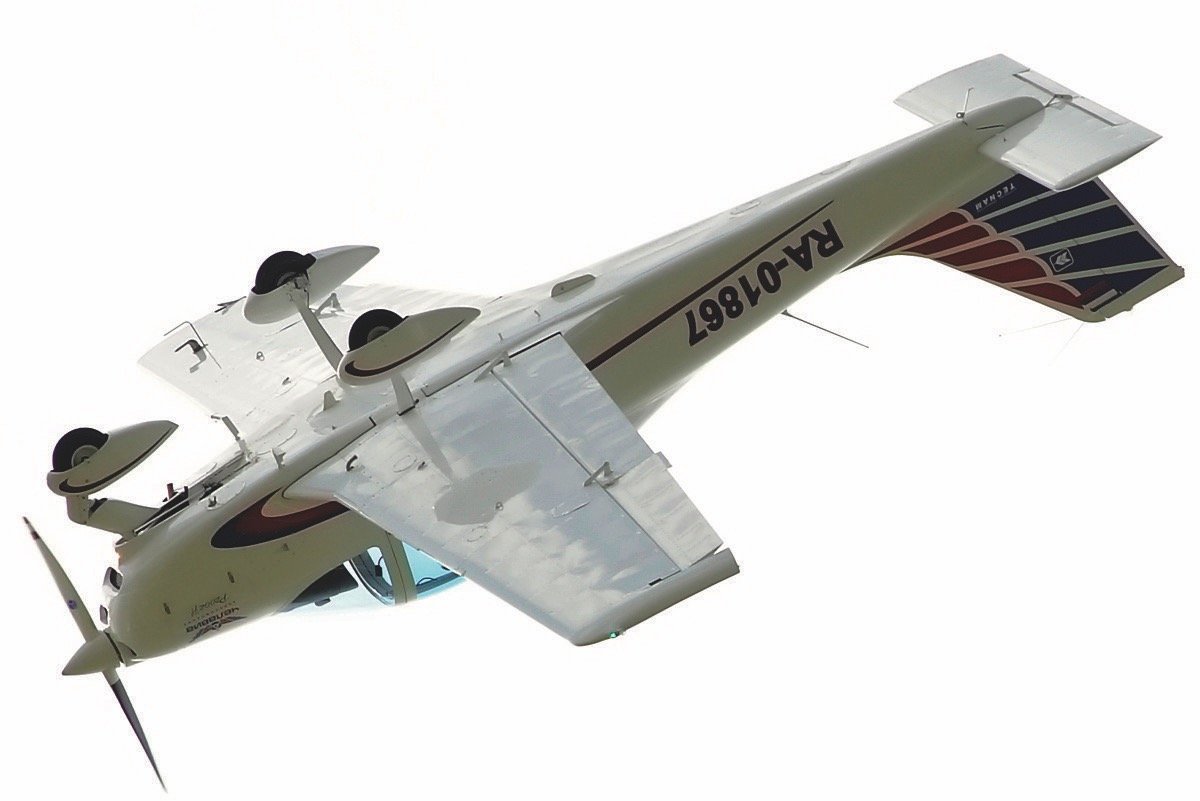
Boom Times
If the pilot didn’t unsettle the aircraft, the culprit must be the air outside. Turbulence severe enough to upend an airplane can arise from at least four distinct sources: thunderstorms, larger aircraft, mechanical interference from topography or buildings, and the unpredictable phantom of clear-air turbulence (CAT).
CAT is primarily a high-altitude phenomenon, unexpected until it’s reported via Pirep. Fortunately, it’s relatively rare. That combination makes it both important and possible for pilots who operate in the flight levels to learn how to get the situation back in hand.
Mechanical turbulence is usually worst down low, although mountain waves can propagate into the flight levels. Anticipation is a good starting point: If strong winds are perpendicular to fixed obstacles, whether mountains or hangar rows, disruption can be expected. If avoiding the area or delaying the flight aren’t options, at least try to make the transit at the highest possible altitude to soften the blows and buy time in case of the worst. Cross ridgelines at 45 degrees rather than straight-on to preserve the option of turning away before it gets too bad. And it’s not just rotors, which you may never have seen outside textbooks. Any unusual-looking clouds on a mountain’s lee side are reasons to avoid the area. At pattern altitude and below, swirling winds strong enough to challenge your crosswind technique are reason to go around, then go somewhere else.
Wake-turbulence encounters are concentrated in the same places aircraft are—around airports—but altitude doesn’t grant immunity. In 2013, a Piper Arrow crossing Lake Michigan was broken up in flight by the wingtip vortices of a McDonnell-Douglas MD-80 on approach to Milwaukee. The Arrow was a mile and a half behind the airliner, crossing perpendicular to its track 39 seconds after the jet had passed. And larger airplanes aren’t the only turbulence hazard. On a single day—March 8, 2014—three light airplanes in different parts of the country were upset by rotor wash from heavy military helicopters operating at civilian airfields. The rolling moments imparted by the ‘copters’ outwash were enough to overcome the airplanes’ control authority at full deflection. Recovery was impossible at pattern altitude, making awareness and avoidance the only practical strategy.
Thunderstorms are also best avoided, but some combination of misunderstanding, ignorance and bravado still results in a handful of penetrations every year. Once things start getting rough, the best approach (beyond prayer, if so inclined) is to minimize loads on the airframe by throttling back to well below maneuvering speed and trying to keep the wings level without too much worry about altitude or heading. Turns increase the load factor, so try to minimize time spent in the cell by motoring straight through—especially if the airplane and the storm are moving in opposite directions. Most accidents resulting from thunderstorm encounters are in-flight breakups, so minimizing mechanical stress and getting out as quickly as possible are the top two priorities.
Yeah, But I came here for the Acronyms
There’s no knowing how often the acronym PARE—Power, Ailerons, Rudder, Elevator—has helped guide recoveries from inadvertent spins, but it’s better than nothing. (Better still is to have practiced actual spin recoveries.) A more general upset-recovery checklist doesn’t lend itself to neat acronym mnemonics. The best we’ve been able to come up with is USTOP’R:
UNLOAD the airframe. Even inverted, it’s usually a gentle push on the stick, yoke or column to reduce excessive G-forces.
STOP any rolling or yawing motion with appropriate control inputs.
THROTTLE as appropriate—add power if you’re nose-high, reduce it if nose-low.
ORIENT the aircraft’s lift vector to avoid negative Gs during the rest of the recovery, typically by leveling the wings.
PULL the nose back up to level flight.
Once everything’s back under control, RECONFIGURE for normal flight. This includes power setting, trim and any necessary reset of gear, flaps and/or spoilers.
Without hands-on practice, the chances remembering and executing these steps in an actual upset are…slim. Saying them on the ground and performing them in the cockpit are two very different things. But memorizing them is at least a start.
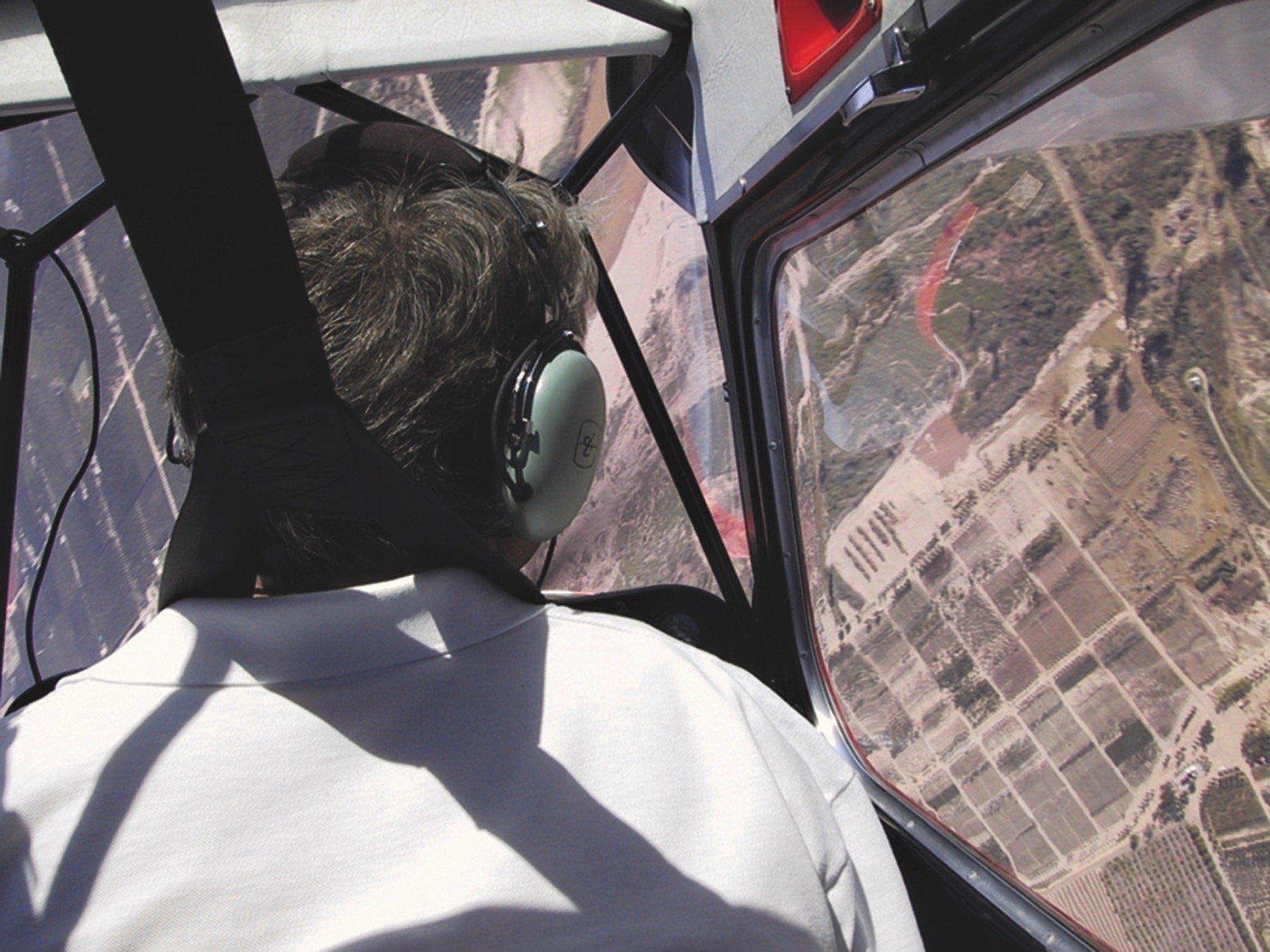
Well, That Didn’t Work
If anticipation and avoidance worked perfectly, there’d be no need to practice emergency procedures. But things happen, and when they do there’s no substitute for preparation. If you’d had to make your first crosswind landing flying solo, relying only on whatever you’d picked up from a textbook, how well would it have gone? Likewise, if you can’t count on never finding yourself pitched 30 degrees nose-up while rolling through inverted, you’ll want it to happen the first time in an aerobatic trainer under expert supervision.
Systematic upset prevention and recovery training (UPRT) serves three basic purposes. The prevention part sensitizes a pilot to early indications of unfavorable trends, improving the chance of correcting excursions before they become extreme. The combination of classroom and in-flight analysis of potential upset scenarios develops the ability to analyze the nature of the excursion (nose high or low? upright or inverted?), determine the correct response and execute those steps in real time. Finally—and perhaps most importantly to the light GA community—experiencing the dizzying speed and altitude loss of any departure from controlled flight imparts a visceral sense of how low is too low to take risks, reinforcing your primary CFI’s admonition to limit bank angles and be mindful of coordination while close to the ground. It also drives home the degree to which the startle response and accompanying adrenaline rush can impede the ability to think.
I Can See Clearly Now
Remember the first time you went under the hood as a student pilot? Or maybe your instructor had you try to fly with your eyes closed. If those experiences didn’t convince you of the impossibility of staying shiny-side-up without either visual references or practice interpreting the flight instruments, you’re probably hopeless (and possibly dead). Even so, attempts to skirt around, slide under, or climb or descend through inconvenient clouds continue to kill several dozen pilots and passengers each year. Once the nose gets pointed downward, airspeed builds quickly. If the ceilings are low, there probably won’t be time to recover after falling out the bottom. Even with adequate room, there’s a risk of pulling the machine apart if control inputs amplified by panic overload the airframe.
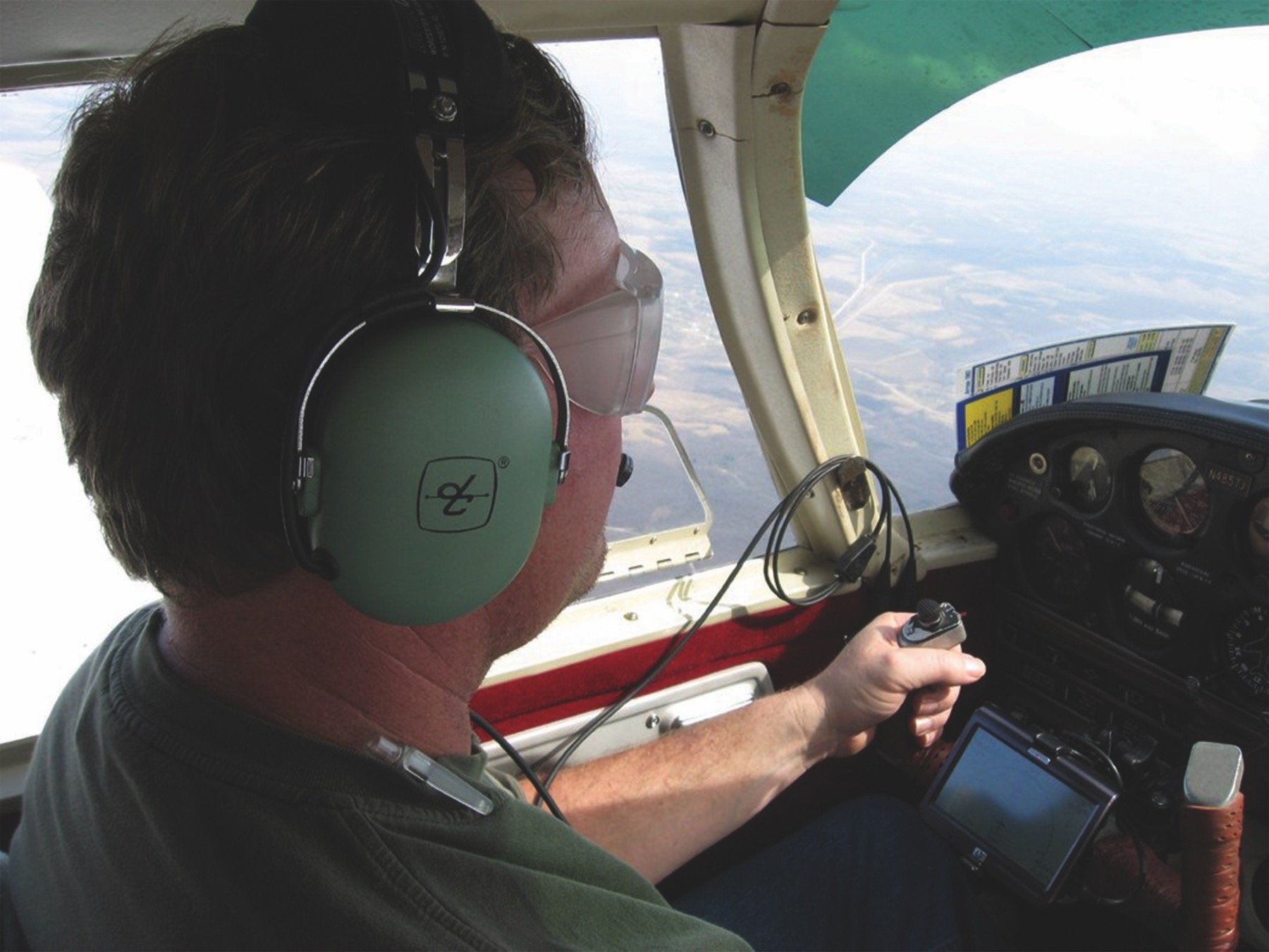
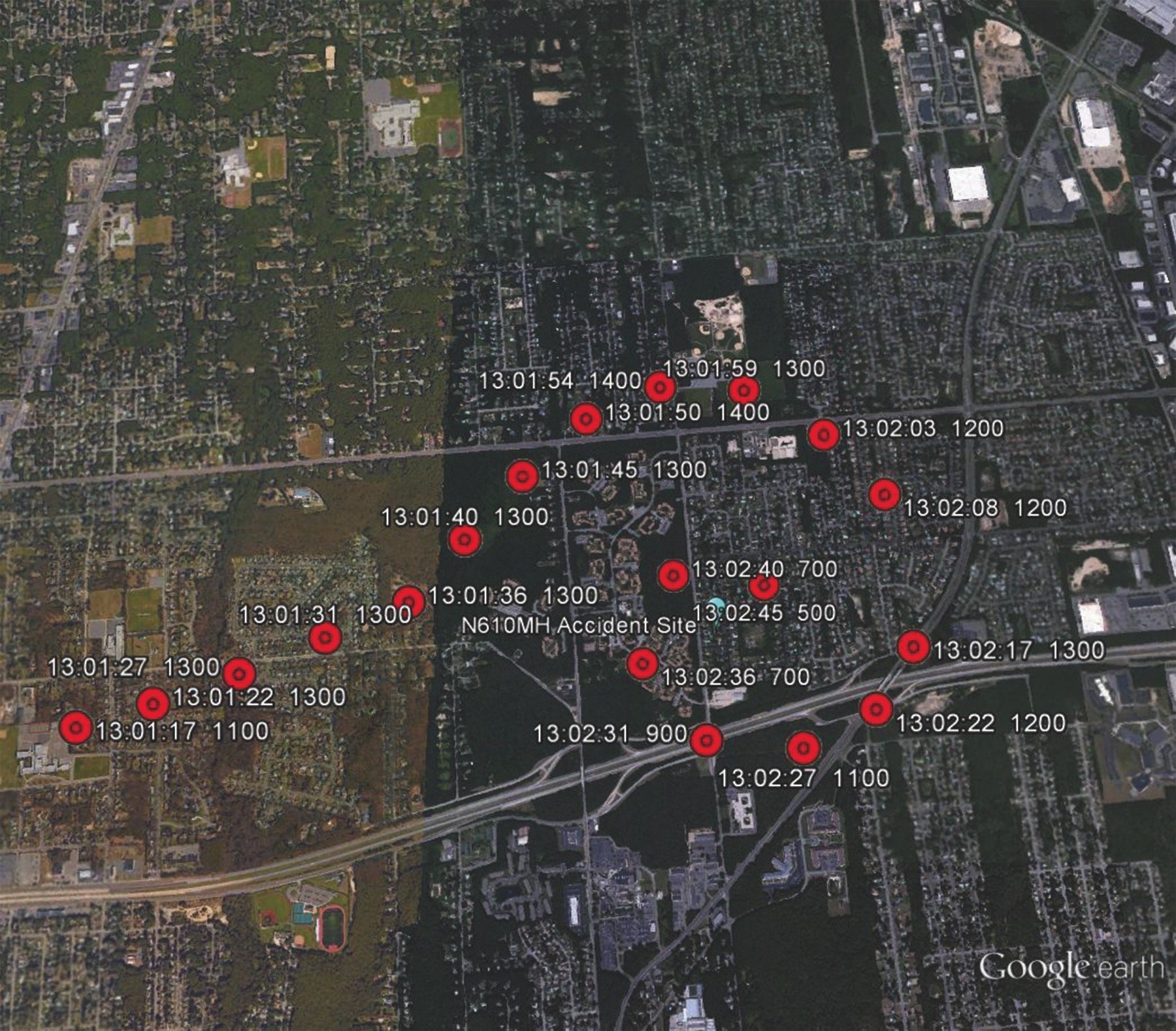
What’s ‘Unusual?’
While the terms are often confused, UPRT is not the “unusual attitude” recovery familiar from instrument training and proficiency checks. While the latter includes any significant divergence from the intended flight path, the FAA has defined an “upset” as any unintended pitch excursions beyond 25 degrees nose-up or 10 degrees nose-down, or unintended rolls of more than 45 degrees bank. It also includes less extreme attitudes “at airspeeds inappropriate for the conditions.” Unfortunately, the agency’s principal guidance—Advisory Circular 120-111, “Upset Prevention and Recovery Training”—is targeted almost entirely at scheduled airline operations, with little relevance to the aircraft or resources available to most GA pilots.
For practical purposes, we’d equate “upset” with “obscenity”: You’ll know it when you see it. A typical training profile begins gently, with some normal maneuvering—climbs, descents, turns—to let the student get a feeling for the aircraft. (This alone can be worth the price of admission to someone who’s never flown anything more responsive than a Cherokee.) Next is likely to be a stall sequence, beginning straight-ahead and power-off, and progressing through deep stalls—stick full back, trying to keep the nose straight with rudder in a “falling leaf” descent—and on to accelerated stalls during steep turns. An introduction to inverted flight might come next, followed by spin entry and recovery. By that time, the inner ears of anyone without prior aerobatic experience are likely to have had enough.
Follow-up flights introduce typical excursion profiles: nose-high and overbanked (past 90 degrees) to simulate a wake-turbulence upset during climb, and nose-low and skidding as in the base-to-final turn. A common philosophy guides recovery from both (see sidebar, “Yeah, But I Came Here for the Acronyms,” on the opposite page). More than one session is typically needed for the situations to become familiar and recoveries effectively prompt—accelerating the student’s perceptions enough to break high-speed sequences down in real time and fine-tune their responses.
You won’t come out of it invulnerable to upsets—but you’ll benefit from both some experience recovering when possible and a sharpened understanding of when it’s not.
David Jack Kenny has been a statistician twice as long as he’s been a pilot—and rarely gets upset. He’s a fixed-wing ATP with commercial privileges for helicopters.

